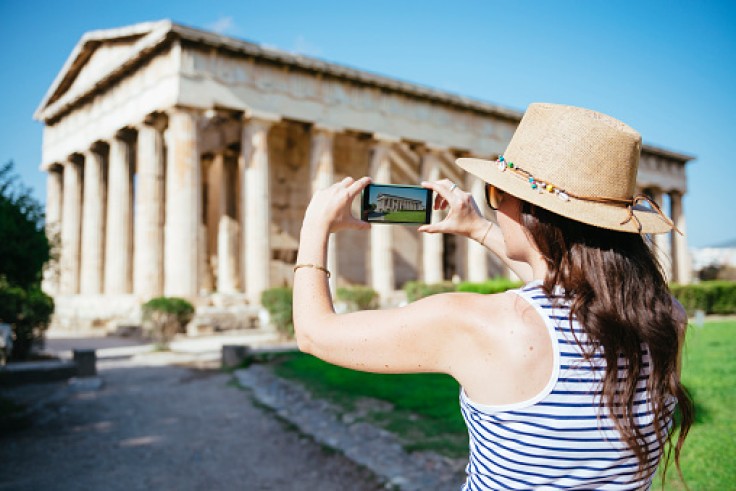Augmented reality technology is almost on par with the VR boom, and we're all the better for it. More applications are emerging for AR and it's not just limited to games anymore. There's an app that lets you take a glimpse of the past in Ancient Greece.

The Chronos App
If you're planning a trip to Greece to satiate your curiosity about their history and culture, you might want to download the Chronos app to see what the place looked like at its peak. Greece has a rich architectural history, which is why a visual presentation would help with your experience.
When visiting a Greek site like the Parthenon, all you have to do is point your smartphone camera to the site while using the app, and it will show the state it was at its prime. It will even include parts that have since been removed like statues.
The app is supported by the Culture Ministry of Greece, as per AP News, and the visualization of the past forms of the buildings are what archaeologists believe they looked like 2,500 years ago before they were looted and broken down over time.
It even helps clarify the misconceptions about what they looked like, such as the Acropolis being painted in vibrant colors when they were believed to be paler in hues back then. It shows the statue of Athena in the Parthenon as it stood in a pool of water as well.
A tourist from London, Shriya Parsotam Chitnavis says that seeing it in color made the visit more interesting, given that she was more of a visual person and it being interactive really helped her appreciate the experience.
The app is also appropriately named. In case you don't know, Chronos is the king of the Titans, who were the rulers before the Olympians took over. His name means "time," and in a way, the AR application makes it seem like you are looking back in time when everything was still in place.
Other AR Applications
Other than tourism, augmented reality can also be helpful in other fields. For instance, it could be useful for medical education, wherein students would be able to see augmentations of anatomy to better understand the human body.
The academic sector would also benefit from this kind of visual aid. Students can better understand lessons when they can see them with their own eyes on top of reading about them in a book. Plus, it makes for a more interesting class.
If not in other fields, then more apps can use AR technology for the same reason Chronos was developed, which is to see what culturally rich historical sites looked like before they were destroyed or decayed in all the years that have passed.
While Chronos is only used for Greek sites, AR apps can be used to recreate other locations as well, such as the Ancient Egypt sites, showing pyramids when they were still covered in limestone, or the Roman Colosseum, when it was still complete.









